Why Choose the Omo Valley for Photography?
The Omo Valley is often referred to as a living museum. It is home to more than a dozen Indigenous tribes, including the Hamar, Mursi, Dassanech, and Karo, each with distinct customs, dress, and rituals. For photographers, the region presents endless opportunities to capture:
- Authentic Portraits: The vibrant adornments, intricate scarification, and bold hairstyles of the tribes make for striking and powerful images.
- Cultural Practices: From the Hamar’s bull-jumping ceremonies to the Mursi’s iconic lip plates, the traditions of the Omo Valley offer rare glimpses into ways of life that are largely untouched by modernity.
- Diverse Landscapes: The Omo Valley’s dramatic terrain—ranging from savannahs and riverbanks to arid plains—provides the perfect backdrop for cultural and landscape photography.
What to Expect on an Omo Valley Photography Tour
A photography tour in the Omo Valley is a unique blend of adventure, culture, and creativity. Here are some key highlights to anticipate:
1. Close Interaction with Tribes
Photography tours often include guided visits to local villages, providing opportunities to connect with the tribespeople. These interactions allow photographers to capture authentic moments and understand the stories behind their images.
- Hamar Tribe: Known for their bull-jumping ceremonies and intricate hairstyles, the Hamar are one of the most photographed tribes in the Omo Valley.
- Mursi Tribe: Famous for their lip plates, the Mursi women create powerful portraits that embody cultural pride and resilience.
- Karo Tribe: Renowned for their body painting, the Karo use white chalk and natural pigments to create elaborate designs, which are a feast for the photographer’s lens.
2. Expert Guidance
Many photography tours are led by experienced photographers and local guides who understand the cultural nuances and can help you navigate the region. Their expertise ensures that you capture the best shots while respecting local traditions.
3. Scenic Backdrops
The Omo River, which flows through the valley, is the lifeline of the region and adds an element of natural beauty to your compositions. Sunrise and sunset over the savannah create golden hues that transform your images into works of art.
Tips for a Successful Omo Valley Photography Tour
To make the most of your photography tour, consider these practical tips:
1. Pack the Right Gear
- A DSLR or mirrorless camera with versatile lenses (wide-angle for landscapes and telephoto for portraits) is essential.
- Bring extra batteries, memory cards, and cleaning kits, as conditions can be dusty and remote.
2. Embrace Natural Light
The Omo Valley’s natural lighting is perfect for photography. Early mornings and late afternoons provide soft, diffused light ideal for capturing portraits and landscapes.
3. Respect Cultural Sensitivities
Always ask for permission before photographing individuals or ceremonies. Some tribes may request a small fee for photos, which supports their communities.
4. Be Prepared for Remote Conditions
The Omo Valley is a rugged region, so pack appropriately. Comfortable clothing, sturdy footwear, and protection against the sun and insects are vital for a smooth experience.
The Ethical Side of Photography in the Omo Valley
While the Omo Valley offers incredible photographic opportunities, it’s crucial to approach this experience with cultural sensitivity and respect. Here are some ethical considerations:
- Avoid Exploitation: Engage with the tribespeople genuinely, showing respect for their traditions and way of life.
- Support Local Communities: Choose tours and guides that collaborate with local communities and contribute to their livelihoods.
- Document with Purpose: Aim to tell a story through your photography that celebrates the beauty and diversity of the Omo Valley without perpetuating stereotypes.
Best Time to Visit the Omo Valley
The ideal time for a photography tour in the Omo Valley is during the dry season, from October to March. During this period, the weather is more predictable, and roads are more accessible. The natural light is also more consistent, making it easier to plan your shoots.
Why Book a Guided Photography Tour?
A guided photography tour ensures that you can focus entirely on your craft while experts handle the logistics. Guides familiar with the Omo Valley’s terrain and cultures will lead you to the best locations and help you engage respectfully with the local communities.
Additionally, a professional photography guide can provide valuable tips on composition, lighting, and storytelling, enhancing the quality of your portfolio.
Conclusion
An Omo Valley photography tour is more than just a journey; it’s an opportunity to immerse yourself in a world of timeless traditions and breathtaking beauty. From the vibrant cultural expressions of the Hamar and Mursi tribes to the stunning landscapes of the valley, this experience will leave you with not only incredible photographs but also lasting memories of a truly unique part of the world.
If you’re ready to embark on a photography adventure that blends culture, artistry, and discovery, the Omo Valley awaits. Capture the essence of Ethiopia’s tribal heritage and let your lens tell the story of a land where tradition and nature converge in harmony.



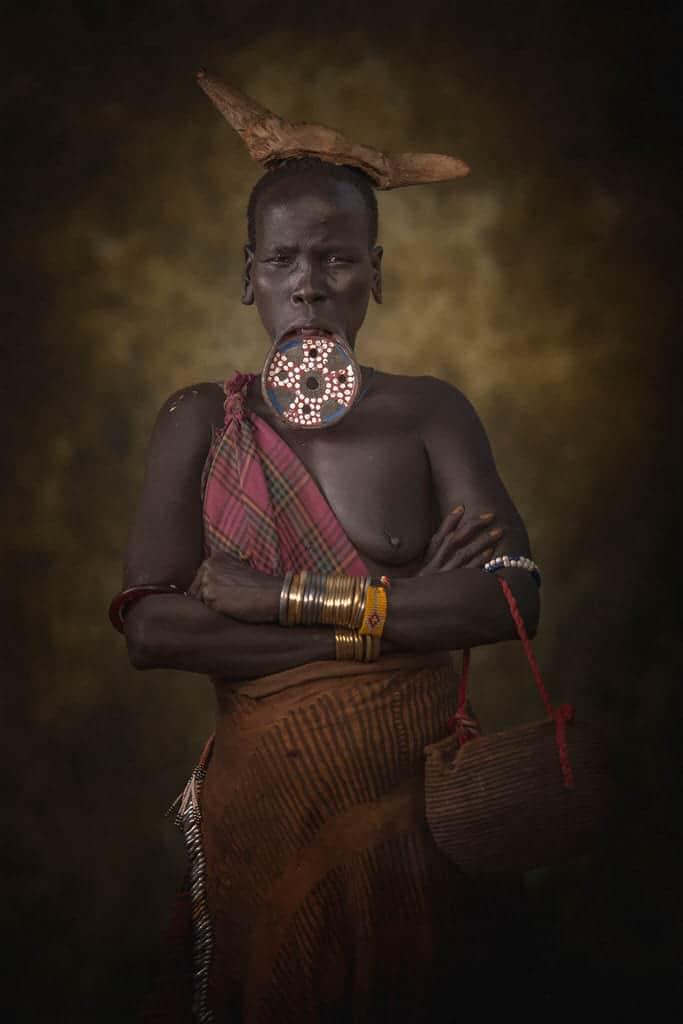



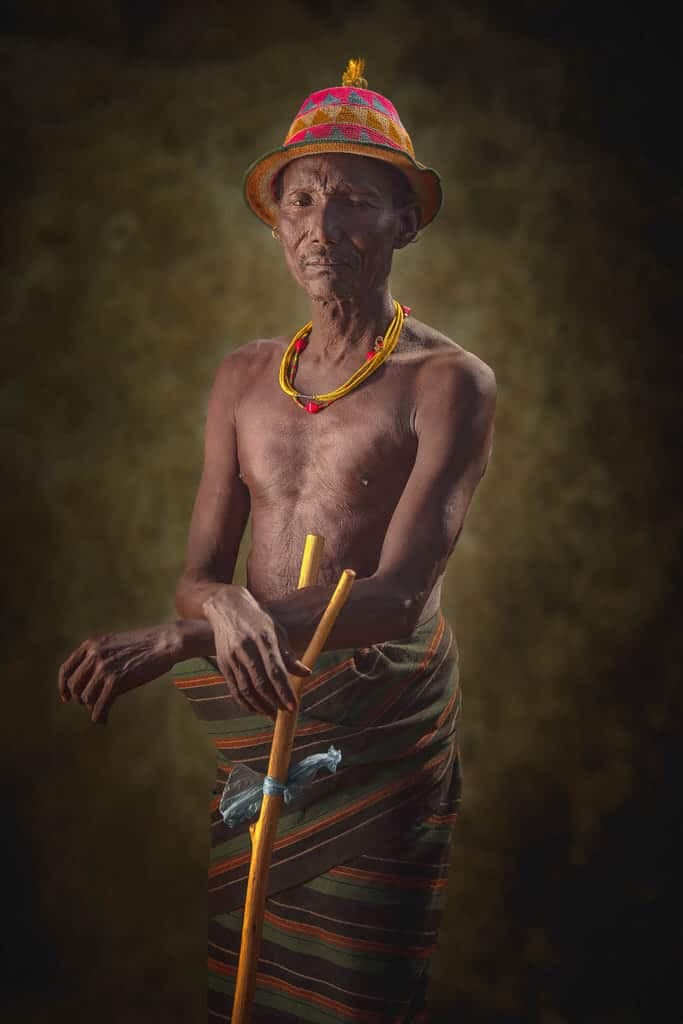




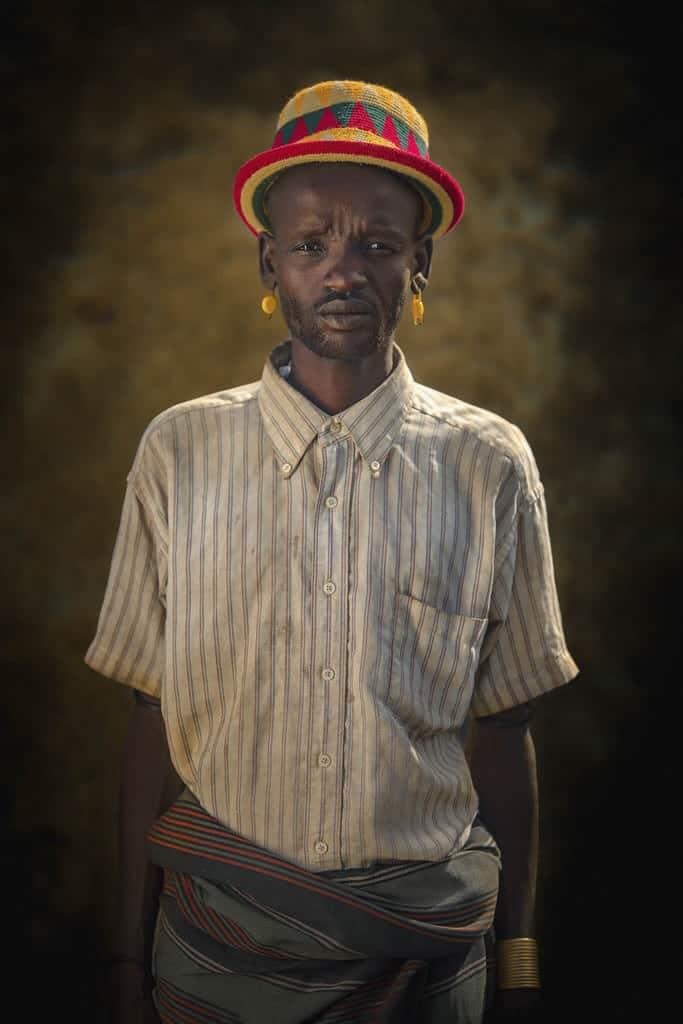

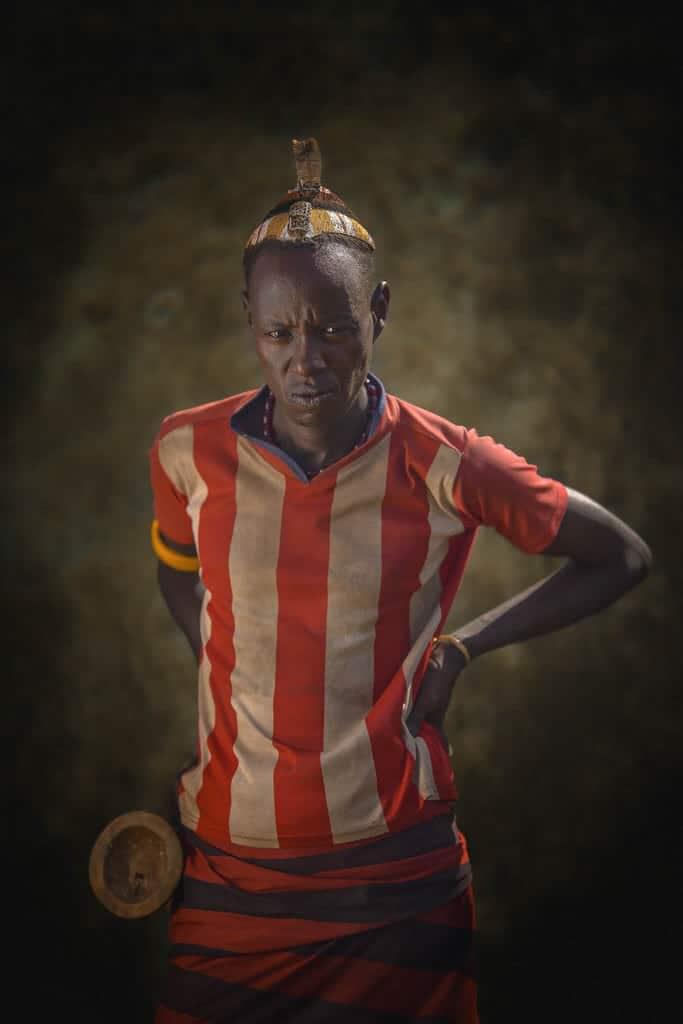

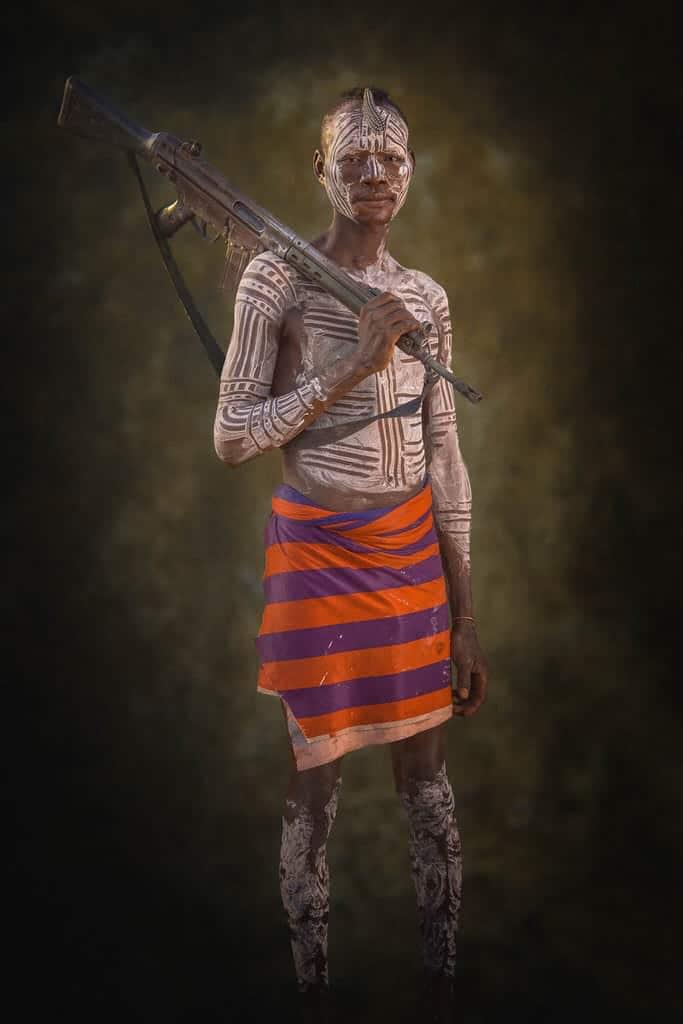
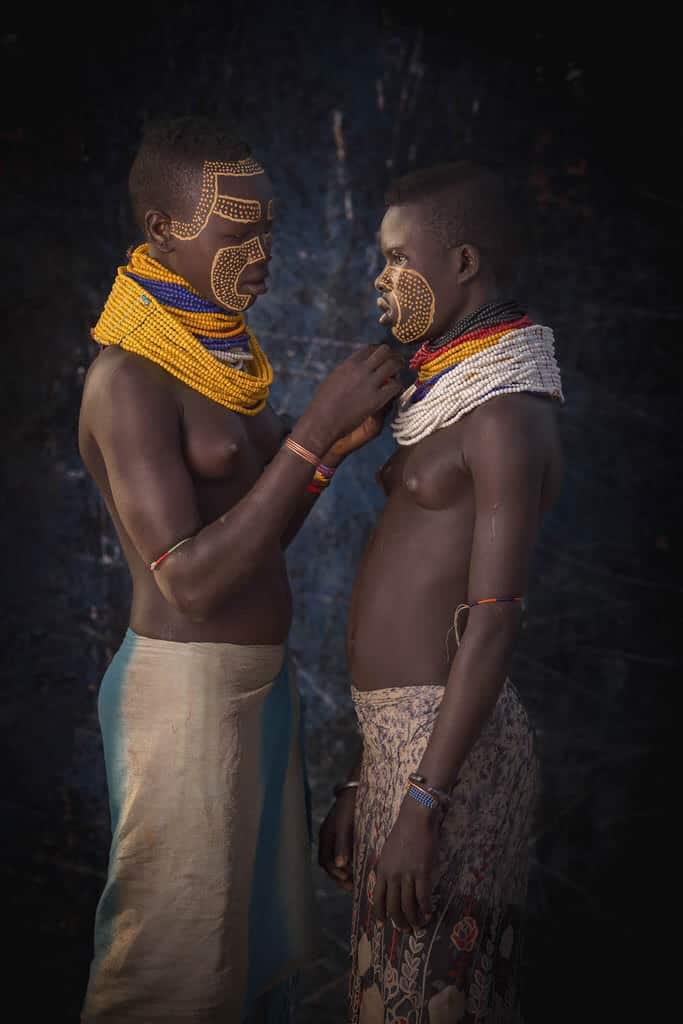
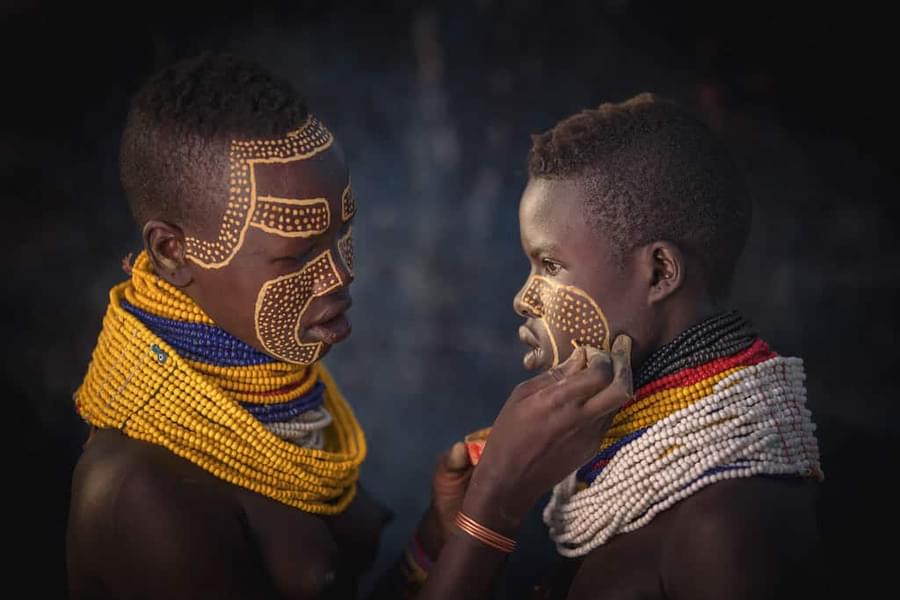
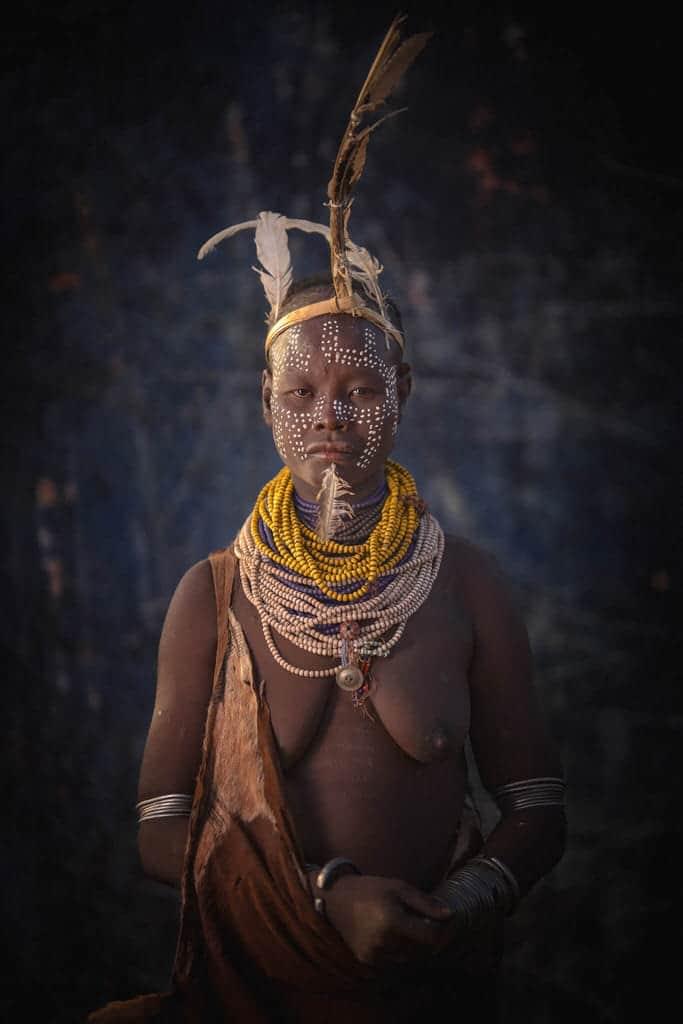

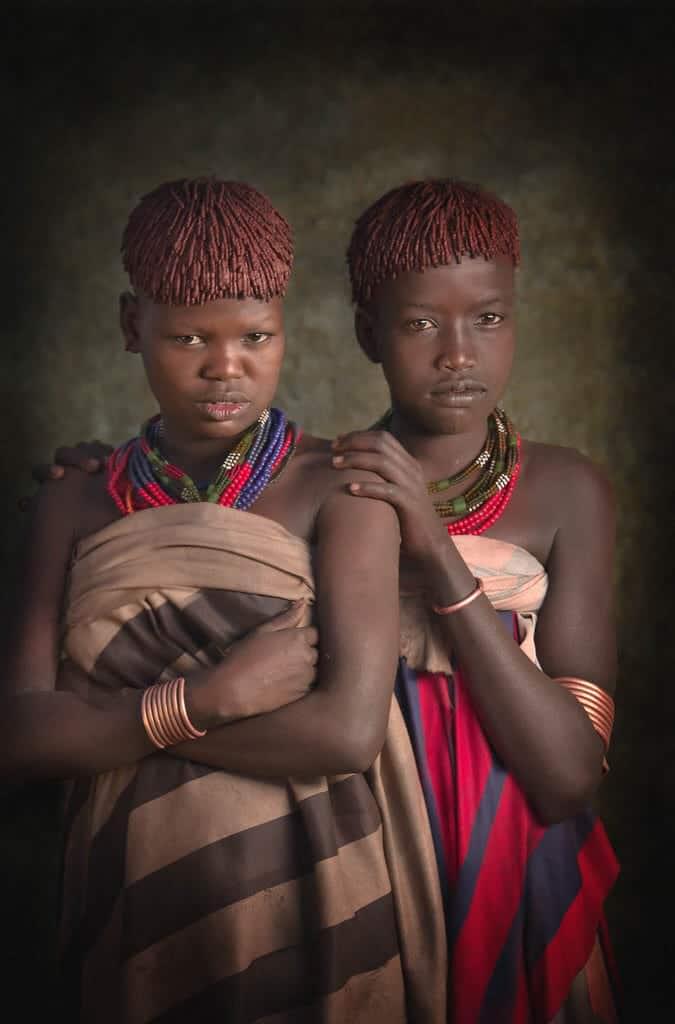

0 Comments
Have thoughts or questions? Share your insights below and join the journey back in time to discover the world’s enduring traditions!